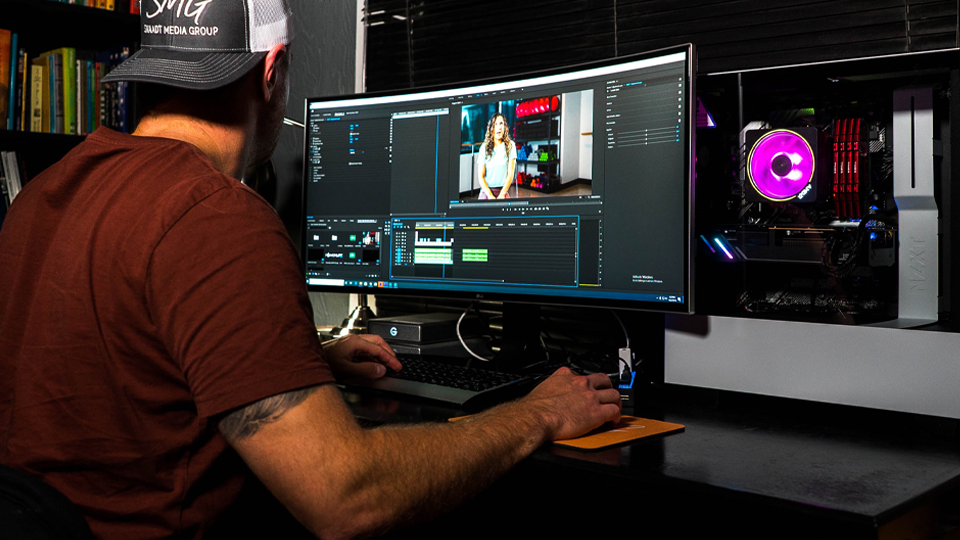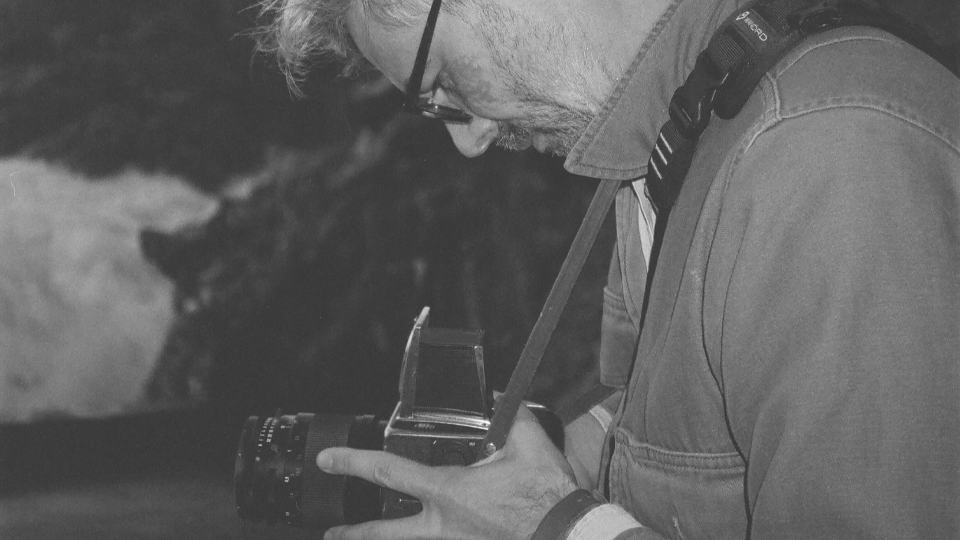Clothing as Character: How effective Costume Design helps tie every thread of a movie together
The Editors

10 Minutes

Costume Design plays an integral role in storytelling.
From period pieces to fantastical stories, Costume Design has vital importance in the effect of a movie on the audience. Contributing to character development & the overall mood of the narrative, through thoughtful design, costumes can visually communicate the essence of characters and the general story. This article explores how costume design influences film narratives by highlighting the work of renowned costume designers. There's a reason you can win an Academy Award for this discipline—costumes are "really important" to every character.
What is Costume Design?
Costume Design is more than just putting clothes on actors—a well-designed costume can help reveal a character's personality, social status, occupation, and even their psychological state. It also aids in world-building, establishing the tone for the film’s era and location, even in fantastical settings. Costume designers collaborate closely with directors, production designers, and actors to ensure that every piece of clothing serves the story, including authenticity, symbolism, and functionality, all of which contribute to creating a believable and immersive experience.
- Character Revelation: A costume can reveal crucial details about a character. For example, the attire of a royal character—likely ornate and luxurious—signifies wealth and power, whereas a humble peasant’s garb will be simple and worn, indicating a lower social standing.
- World-Building: Costumes can play a vital role in establishing the time period and setting of a film. Historical accuracy in costume design can transport audiences to different eras, making the world of the film more immersive, and have even more effect in the fantasy realm.
- Tone and Atmosphere: The design and color palette of costumes can set the tone for a film. Dark, muted colors might be used to convey a somber or serious mood, while bright, vibrant colors can suggest a more lighthearted or fantastical atmosphere. Like in The Wizard of Oz, where Dorothy’s bright blue dress contrasts sharply with the darker tones of the Wicked Witch...
- Symbolism and Subtext: Costumes can be imbued with symbolic meaning, adding subtle layers of subtext to the narrative. A character’s transition in costume throughout a film can symbolize their personal growth or changes in their circumstances. For a quite literal example, in The Devil Wears Prada, Andy’s transformation from dowdy clothes to high-fashion signifies her evolving identity and assimilation into the fashion world.
- Functionality and Practicality: Costumes must also be functional, allowing actors to move and perform their roles effectively. This is particularly important in action films where movement to perform stunts, and authenticity to the story, are critical. Designers must balance aesthetics with practicality in these instances, ensuring that costumes are not only visually compelling but also suitable for the physical demands of the role.
- Collaboration: In the end, the creation of effective costume design is a collaborative process. Designers work closely with directorsto align the costumes with the overall vision of the film, with production designers to ensure that costumes complement the set and overall visual style, and with actors to ensure that the costumes help them embody their characters fully. The Costume Designer's role is to translate every detail of the film's narrative into a functional, symbolic representation of each character's arc.
Character Development in Black Panther
Ruth E. Carter's work on Black Panther is one of the finest examples of how costume design can enhance character development. Carter's designs drew inspiration from various African cultures, blending traditional elements with futuristic aesthetics to create the world of Wakanda. Each character’s costume reflects their background, status, and personality. For instance, T'Challa’s (Chadwick Boseman) Black Panther suit is both regal and functional, symbolizing his role as both a king and a warrior. Nakia’s (Lupita Nyong'o) green attire signifies her connection to the River Tribe, while Shuri’s (Letitia Wright) more contemporary outfits highlight her role as the tech-savvy genius of Wakanda. While Carter’s attention to detail and cultural accuracy not only added depth to the characters, it also celebrated African heritage. Her work on the movie earned her an Academy Award for Best Costume Design, marking the first time an African American won in this category.
Visual Language in Poor Things
The film Poor Things showcases the innovative work of costume designer Sandy Powell. Known for her eclectic and detailed designs, Powell's costumes in "Poor Things" play a significant role in defining the film's unique aesthetic and narrative tone. The film, set in a fantastical world, uses costumes to distinguish between different social classes and characters' personal transformations. Powell's ability to blend historical elements with imaginative designs adds depth to the characters and the story, making the costumes an integral part of the film's visual language.
Historical Accuracy & Modern Flair in Marie Antionette
Sofia Coppola's Marie Antoinette, with Oscar-winning costume design by Milena Canonero, brings the lavishness of the 18th-century French court to life while infusing it with a modern twist. The film’s costumes are pivotal in portraying the opulence and eventual downfall of the French monarchy. The attention to detail in the costumes helps to immerse the audience in the historical setting while adding a contemporary vibrancy that's hard to miss. Milena Canonero’s approach involved extensive research into the period’s fashion, combined with creative liberties to make the costumes relatable to modern audiences required a delicate balance of personal touch & historical accuracy.
Final thoughts
Costume design is a vital aspect of filmmaking that profoundly influences character development, setting, and storytelling. By analyzing the work of renowned costume designers, we can learn to better appreciate how costumes contribute to the visual language of cinema. Whether it’s creating authentic cultural representations, capturing the essence of a historical period, or using symbolism to enhance the narrative, costume design plays a crucial role in shaping the movie experience.
Read more stories about filmmaking on The Render >> Click Here




































